Report: Cultural Competence Development Project, BUS 8702
VerifiedAdded on 2022/11/18
|10
|515
|118
Report
AI Summary
This report details a Cultural Competence Development Project implemented by a team lead to enhance employee interactions and reduce attrition within an organization. The project aimed to improve employees' cultural competence, eliminate culture-related conflicts, and strengthen bonds between employees and clients. The leadership approach involved defining clear goals, conducting a cultural audit, educating employees, and incorporating activities to improve cultural understanding. The project's outcome included enhanced cultural competence, reduced attrition, a more collaborative work environment, and stronger employee and client relationships. The report also includes reflections on team member behaviors and how the team lead addressed issues of lacking cultural competence and cooperation. The project highlights the critical role of cultural competence in fostering a harmonious and productive workplace.
1 out of 10
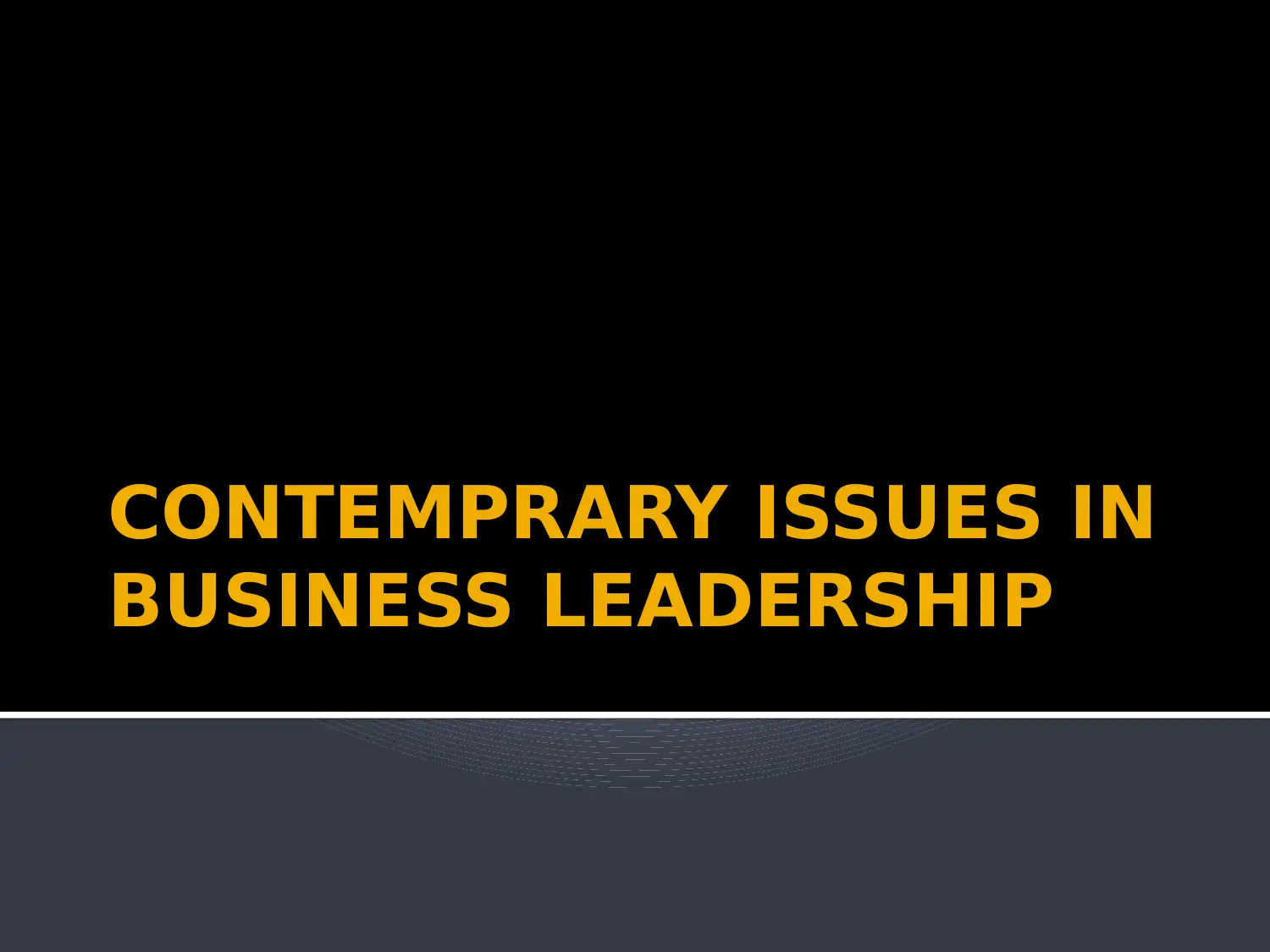
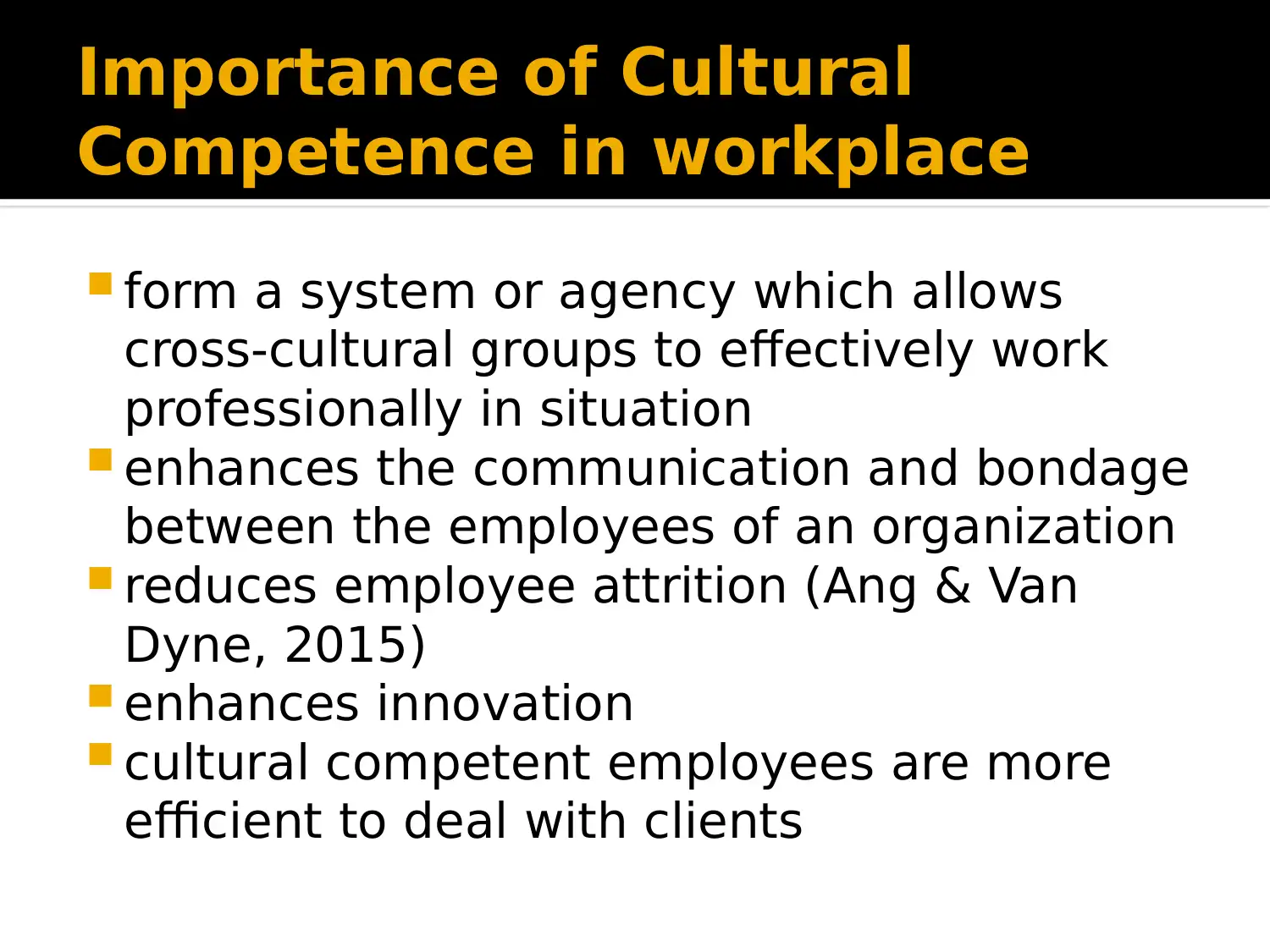
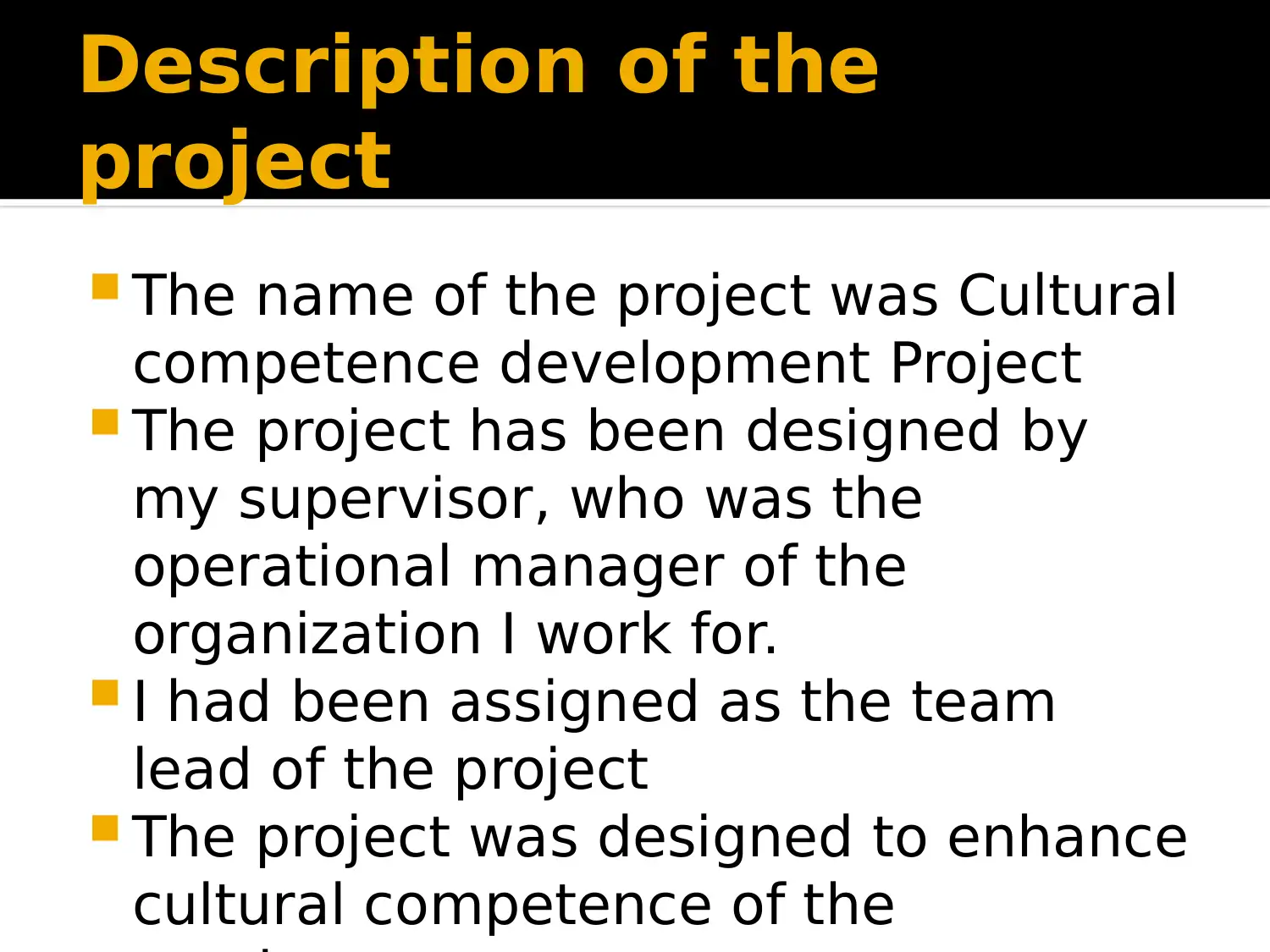

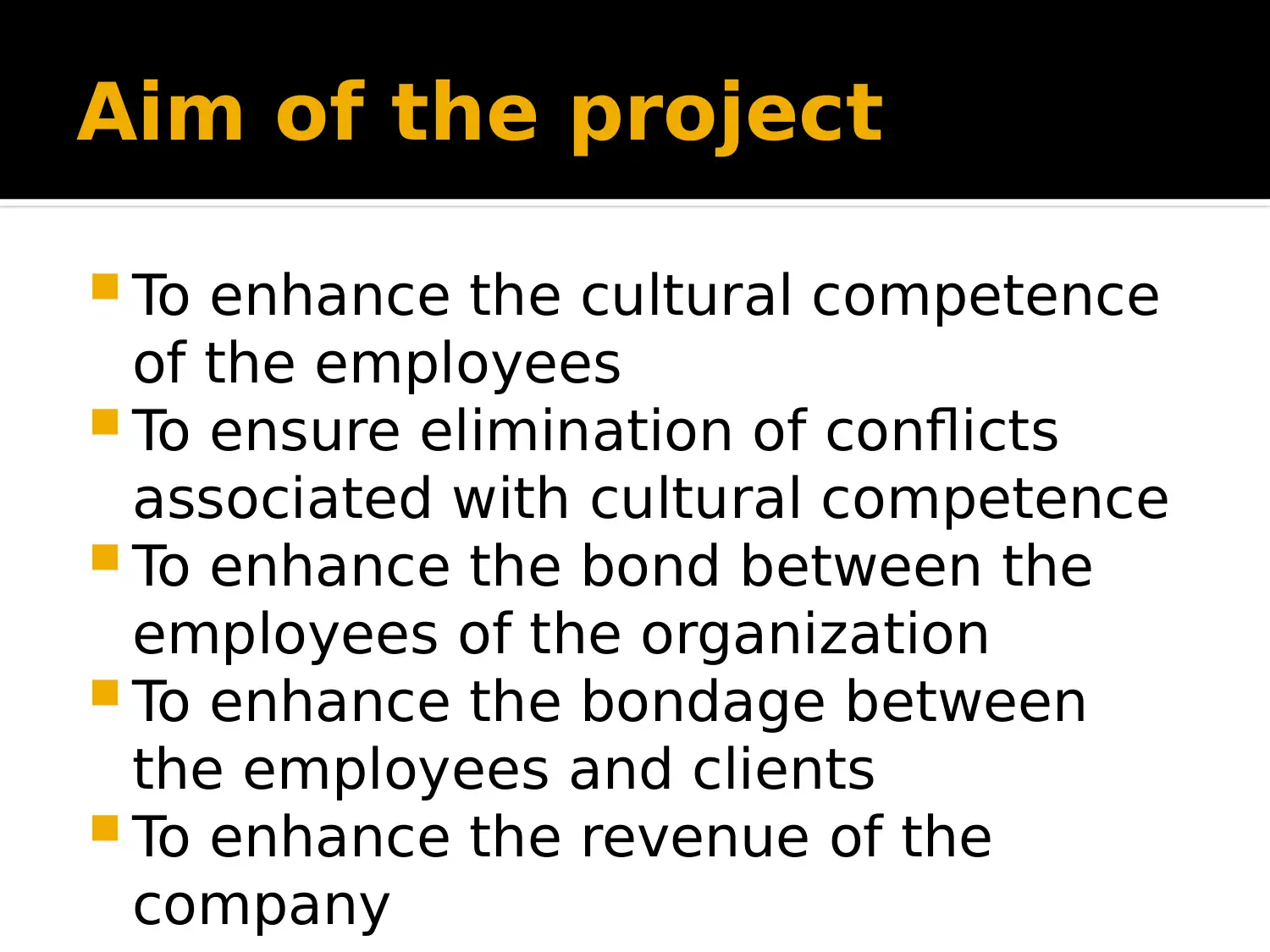
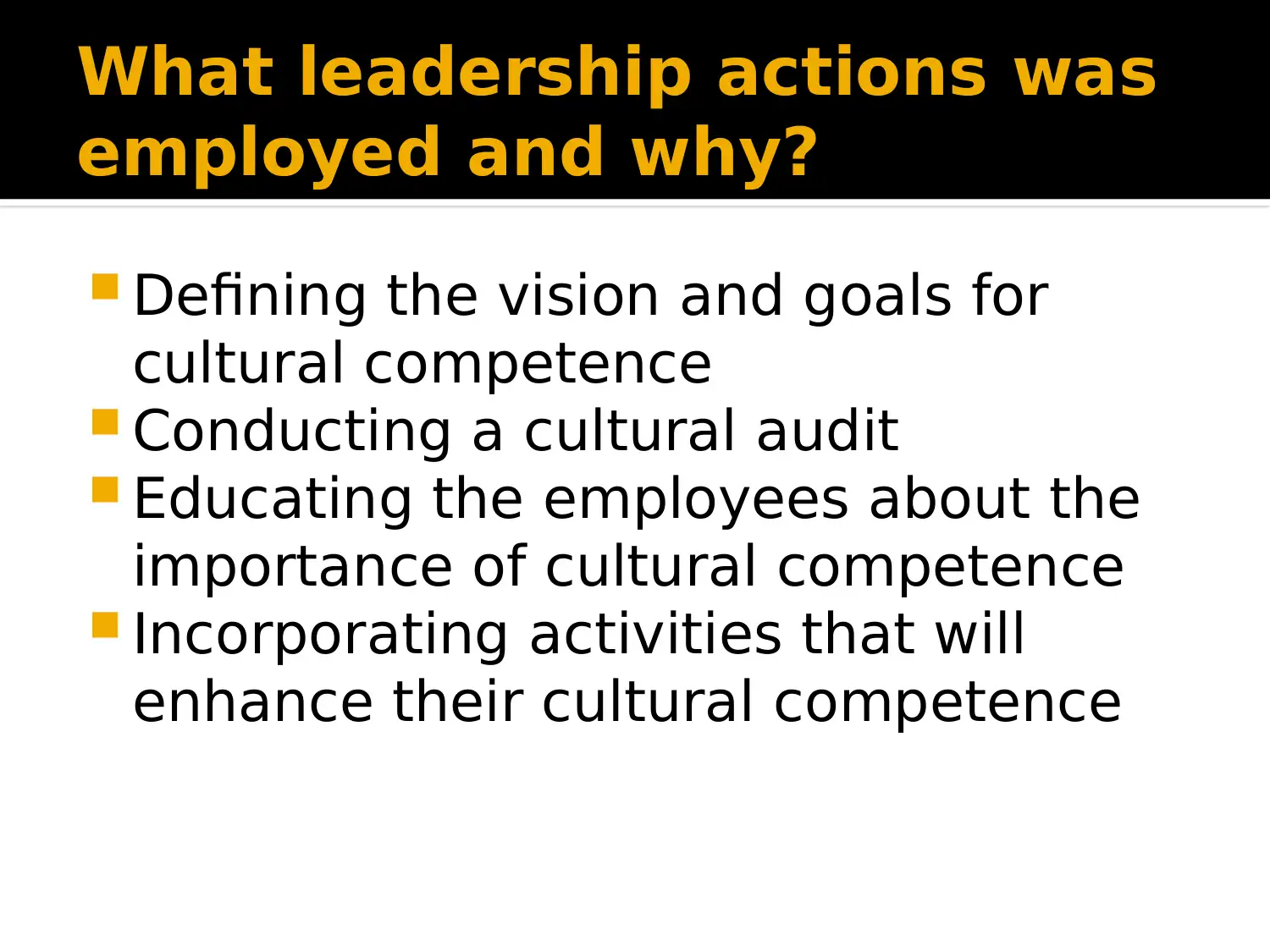
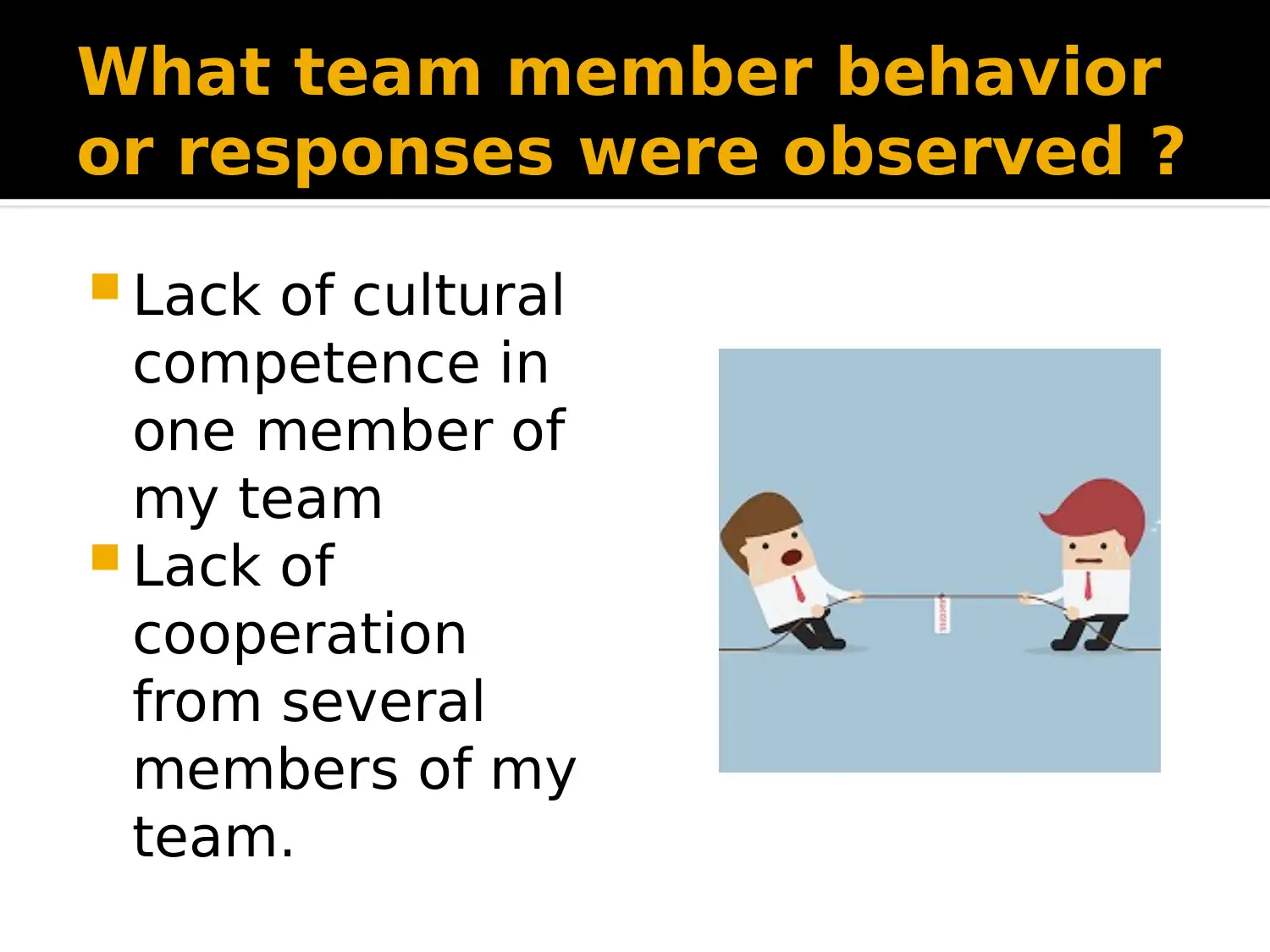
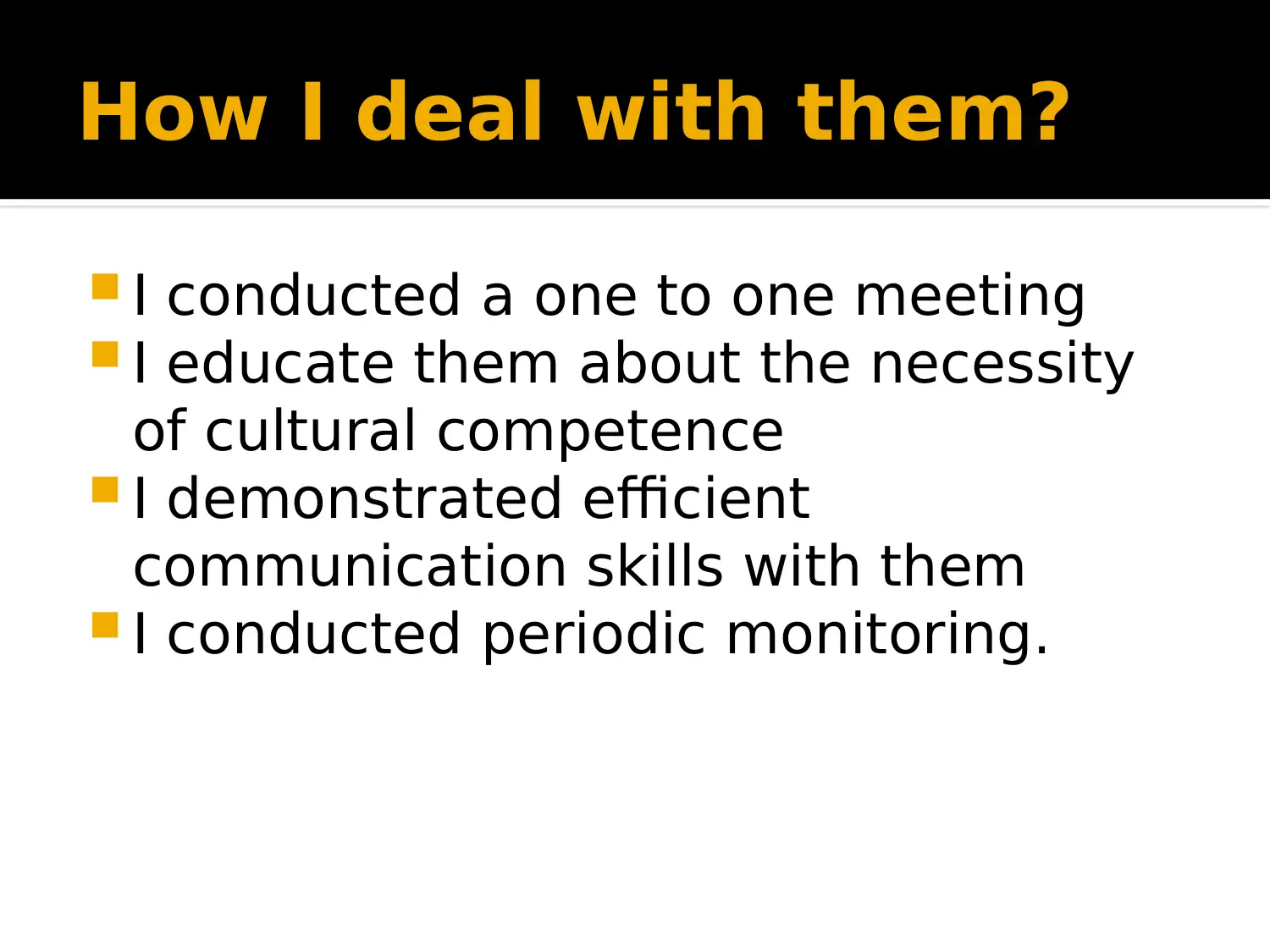
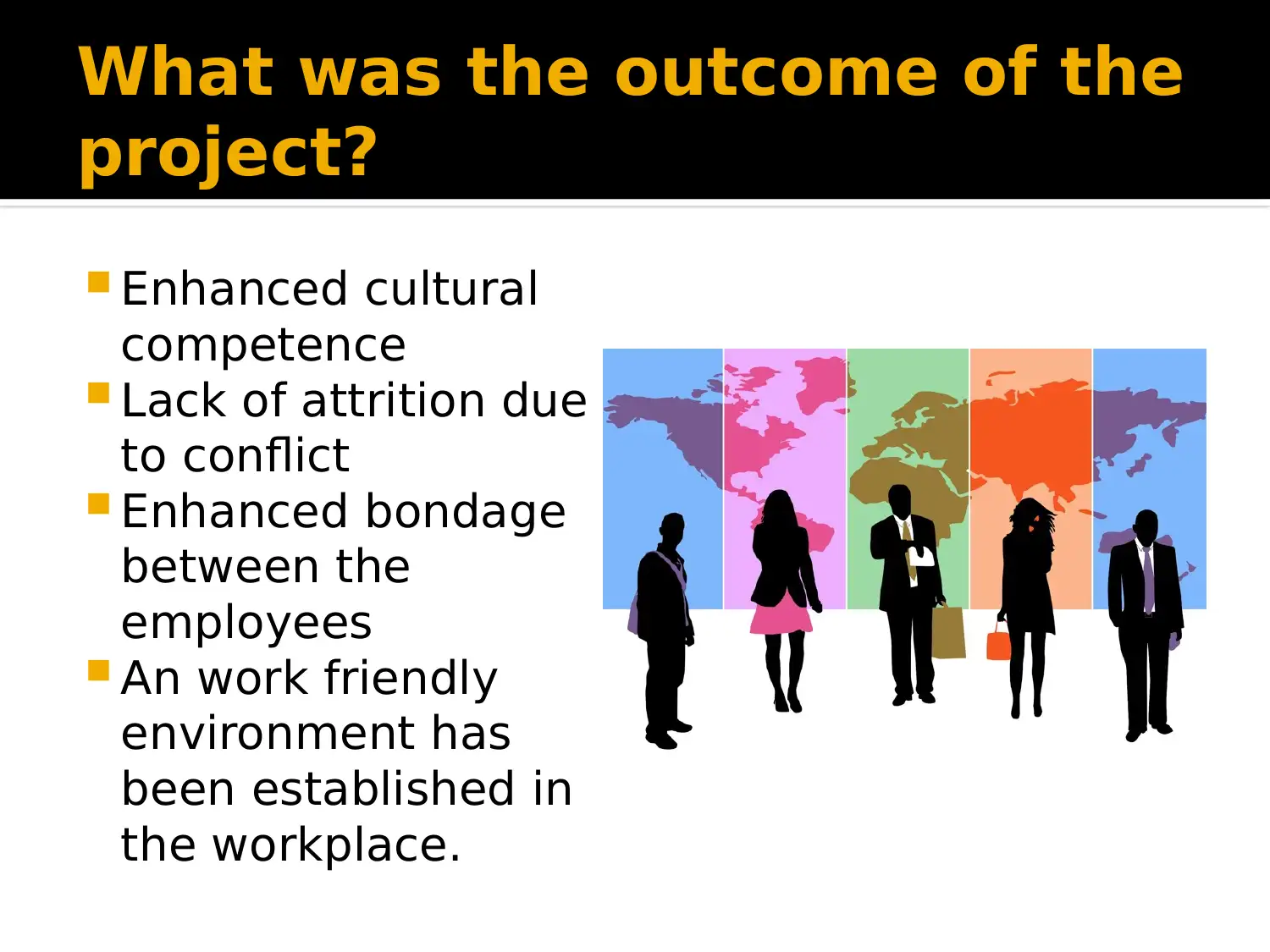
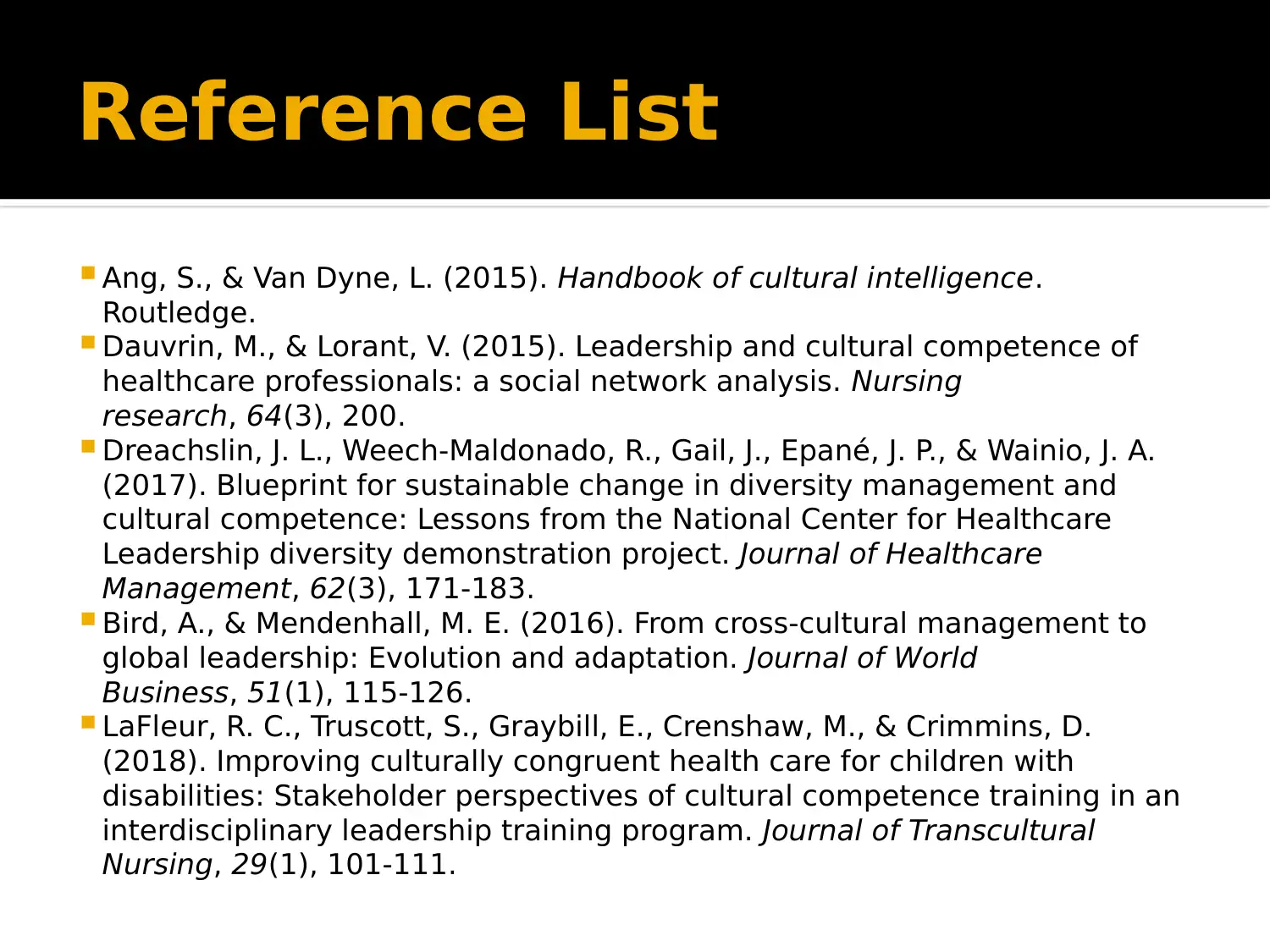







![[object Object]](/_next/static/media/star-bottom.7253800d.svg)